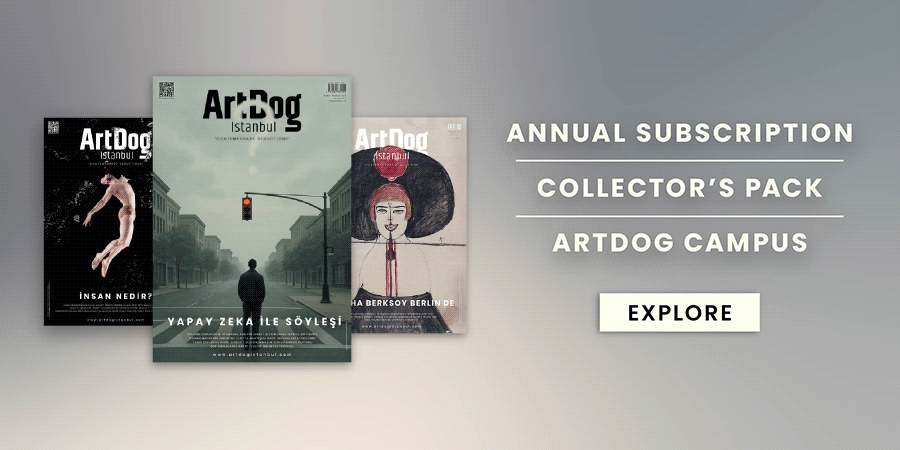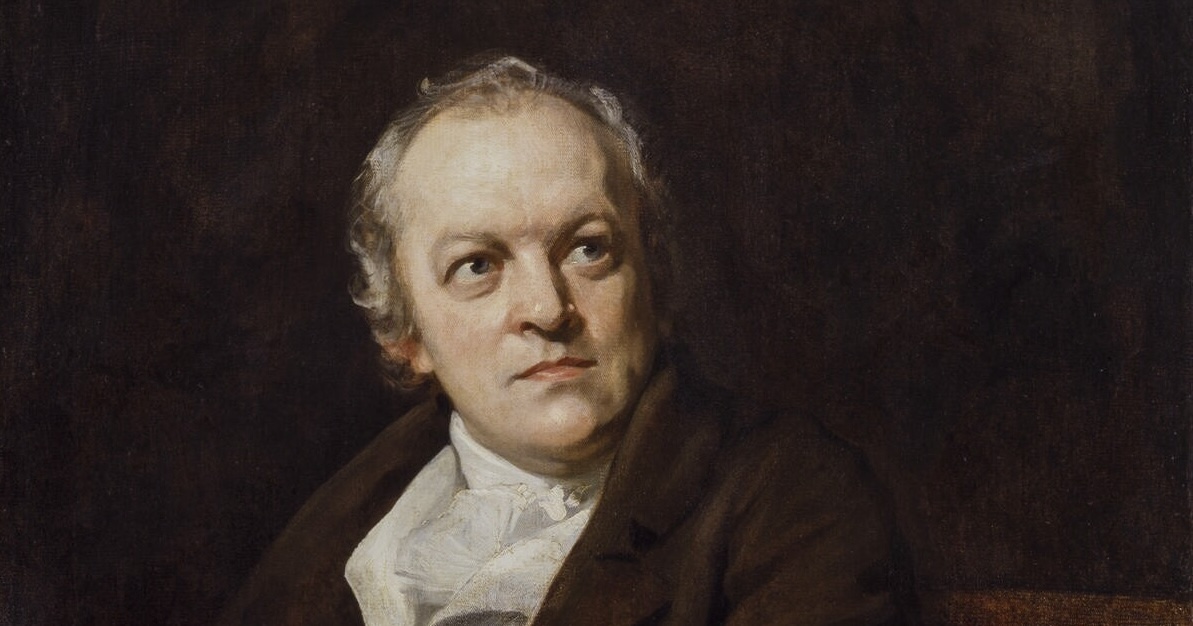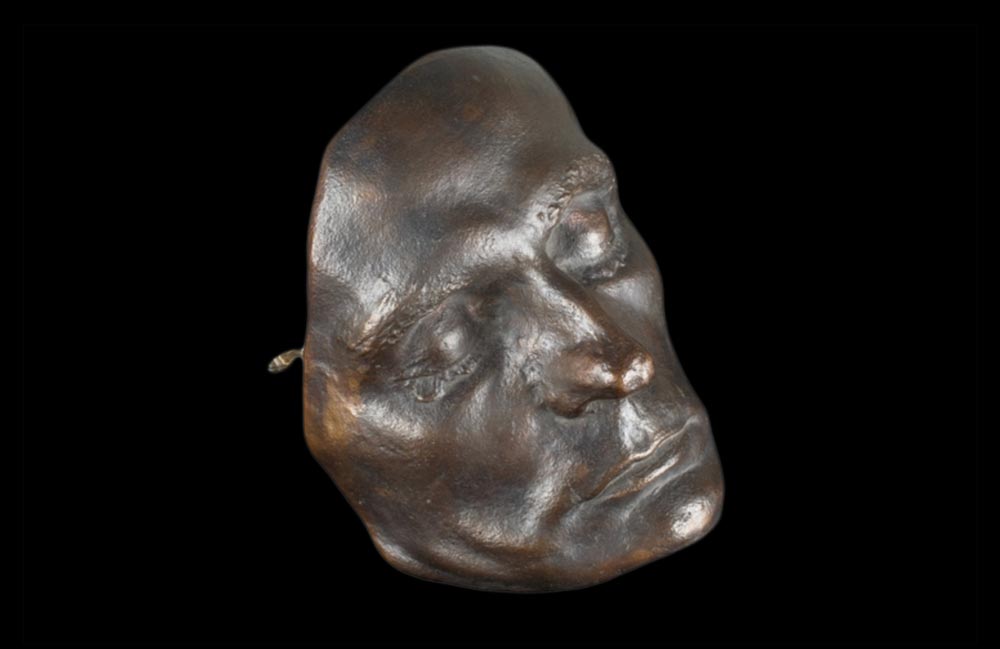Oxford University’s Bodleian Libraries has made a discovery, uncovering what may be William Blake’s earliest etchings from his days as an apprentice. Using state-of-the-art ARCHiOx scanning technology, which captures surfaces at over a million pixels per square inch, researchers were able to detect minuscule engravings on copper plates that are invisible to the naked eye. These delicate lines, squiggles, and intricate markings are thought to date back to the 1770s, when Blake was just 15 and training under renowned engraver James Basire.
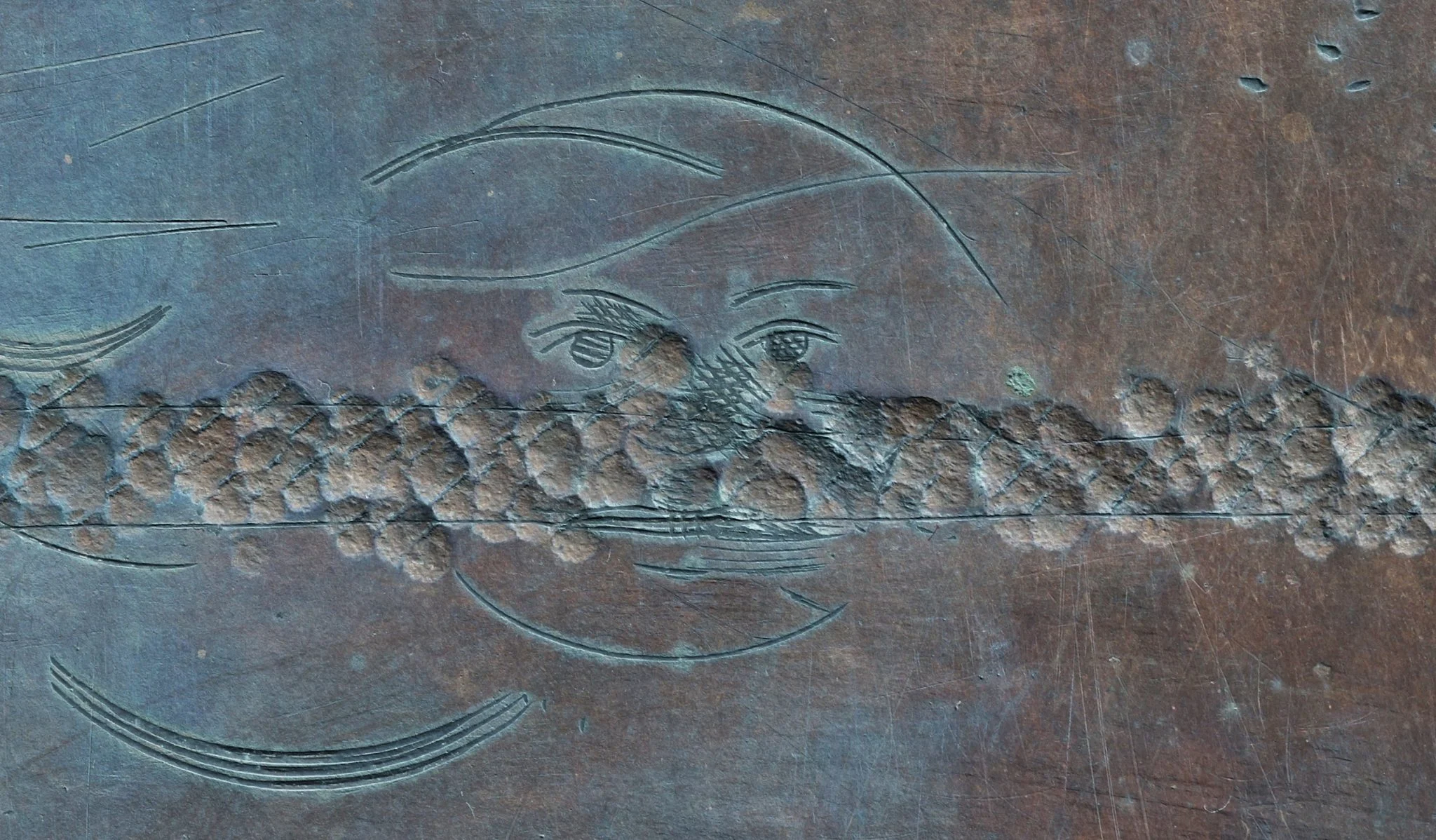
The project, led by Kansas State University professor Mark Crosby, revealed Blake’s early experiments and artistic practices that marked the beginnings of his signature style. Some plates display Blake’s focused mastery of engraving basics—hatching, cross-hatching, and detailed motifs that he refined during his training. But alongside these methodical strokes are glimpses into Blake’s wandering imagination, with playful sketches like a miniature face and an arrow, both of which seem to capture the young artist’s curiosity and creativity.
The plates were originally commissioned by antiquarian Richard Gough for his book Sepulchral Monuments in Great Britain, which depicted English tombs from the Norman Conquest to the 17th century. Now preserved at the Bodleian since 1809, these plates offer a unique view into Blake’s earliest artistic development and inspirations that would shape his later work as a poet and painter.
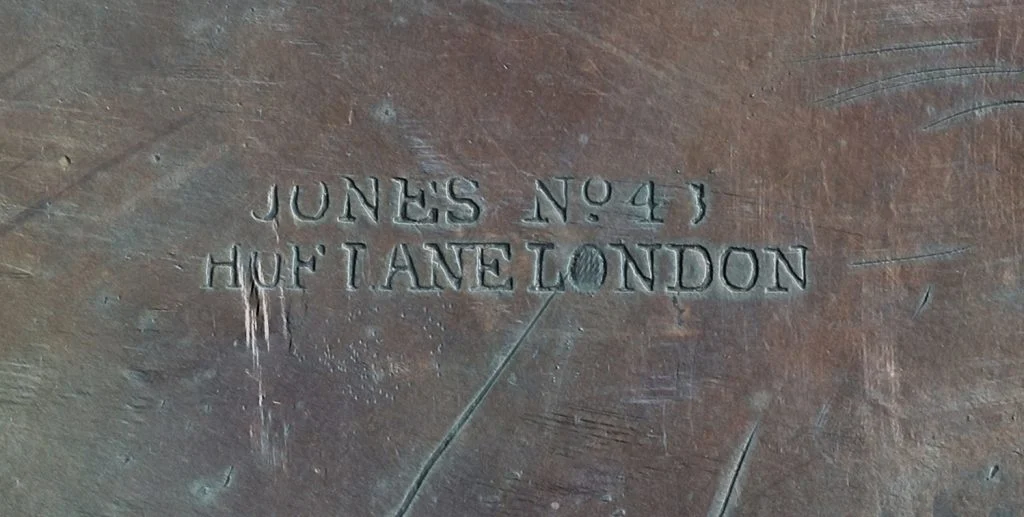
Crosby’s findings, set to be published in Print Quarterly and Blake Illustrated Quarterly, provide an unprecedented window into the practice of an iconic artist, allowing us to appreciate Blake’s journey from apprentice engraver to visionary.

